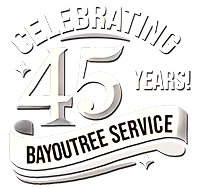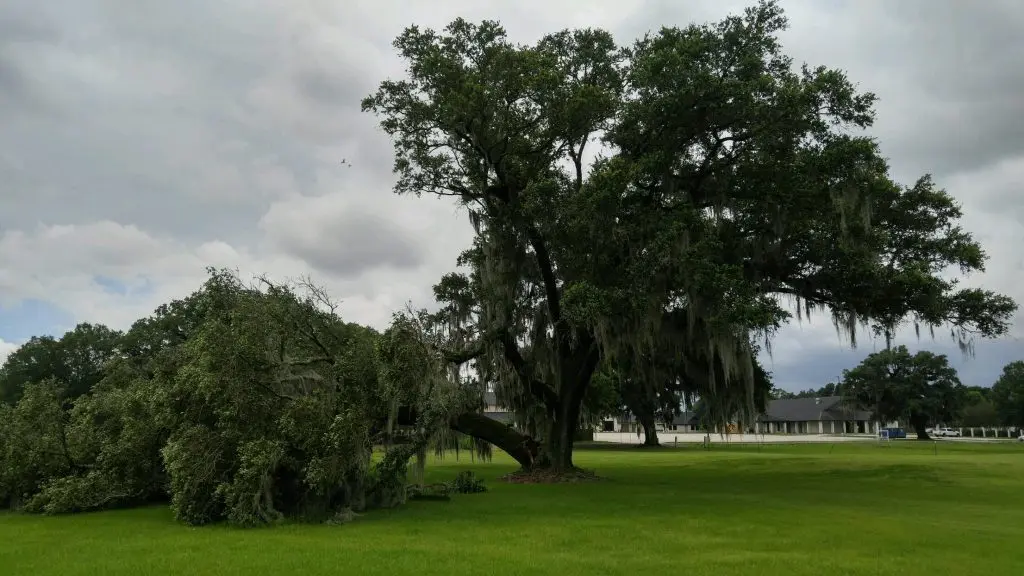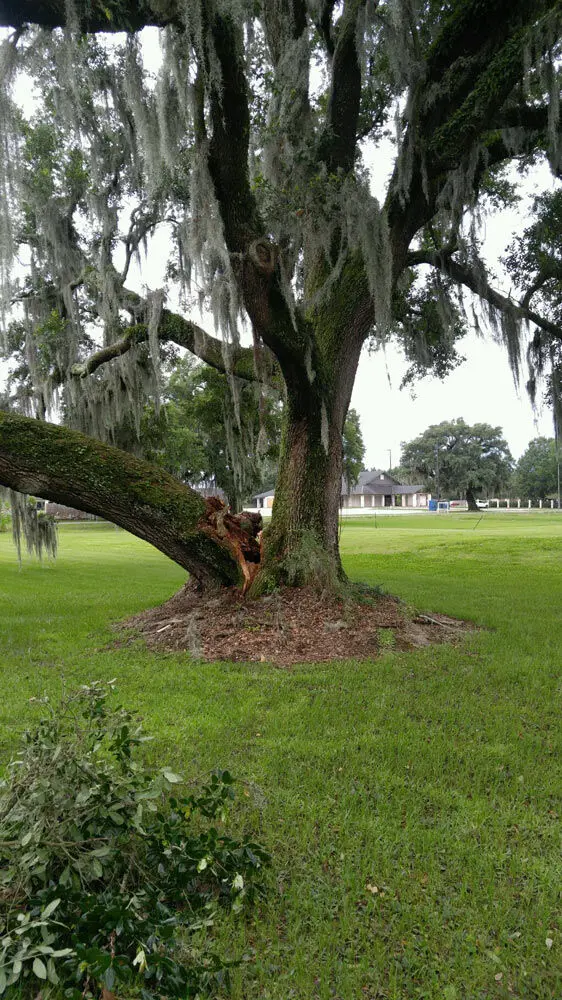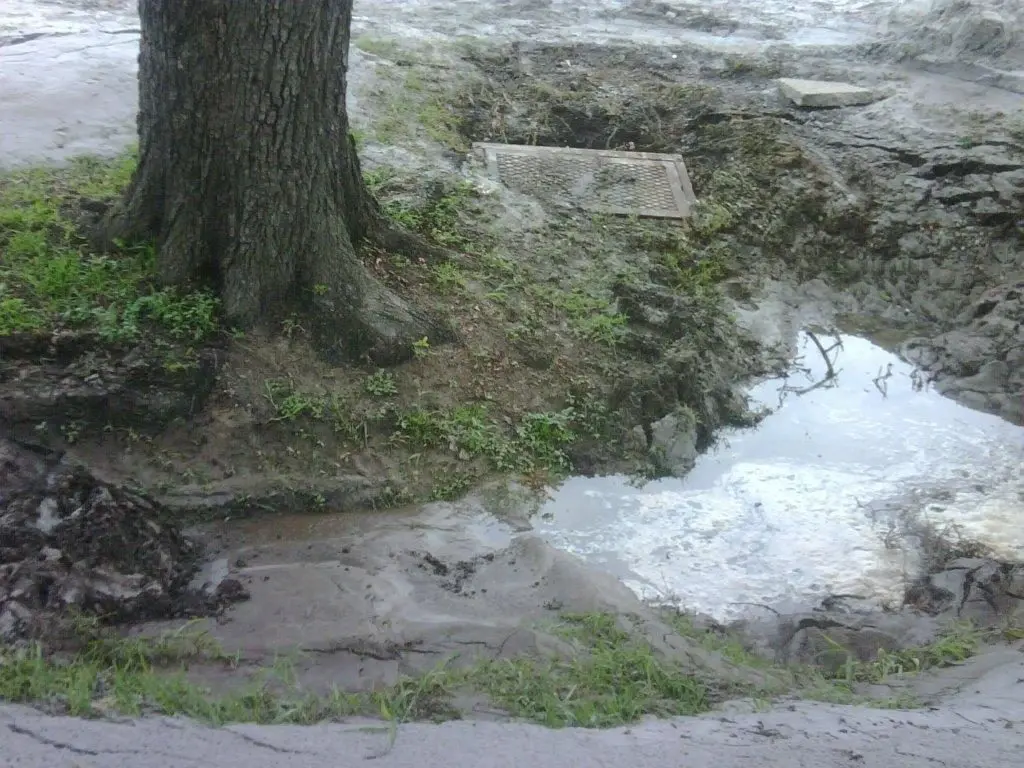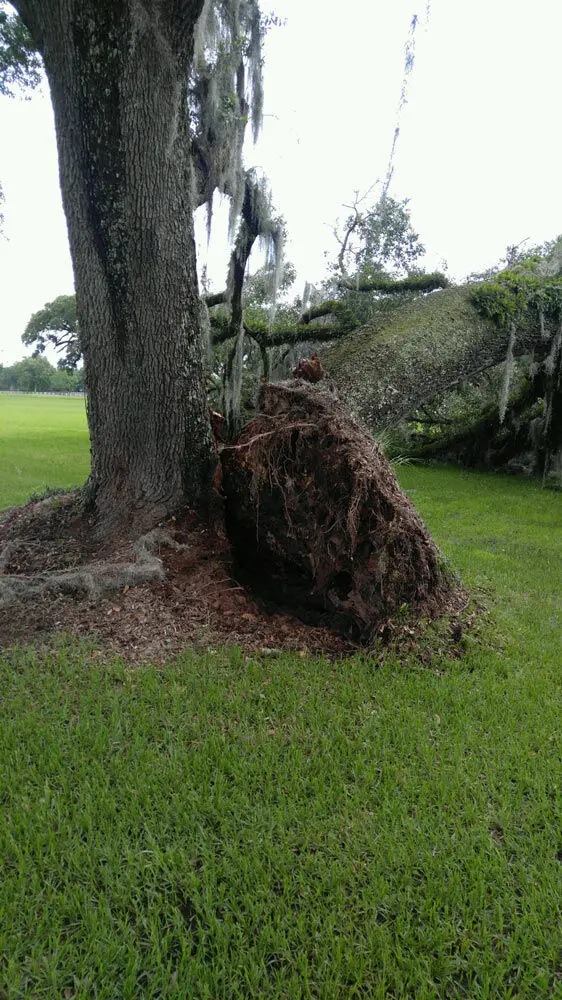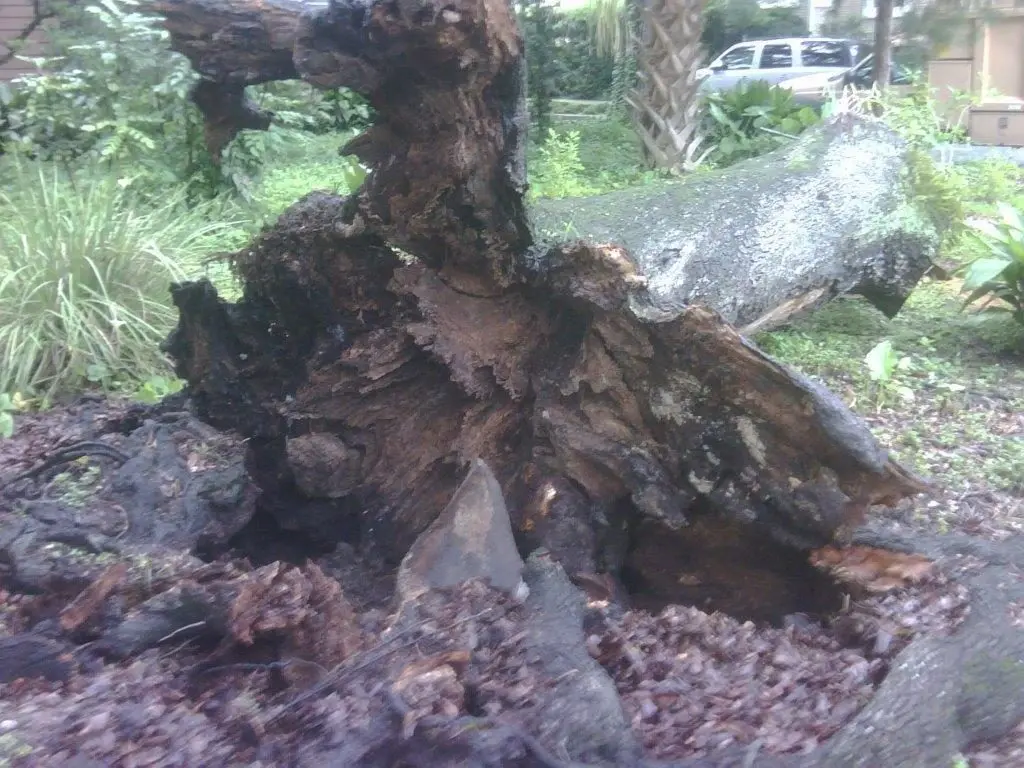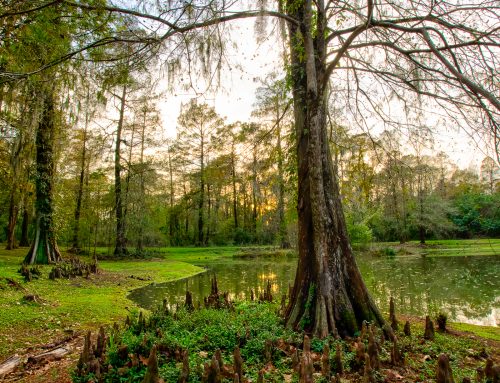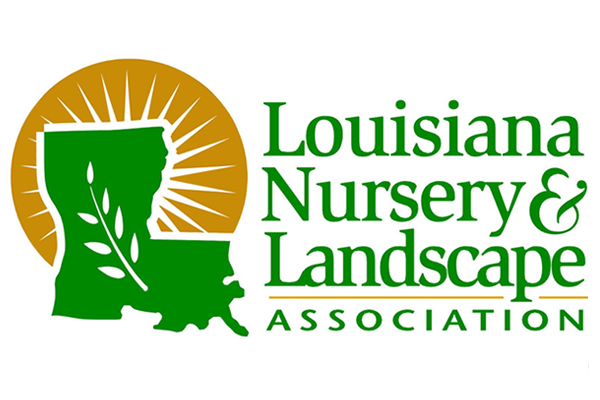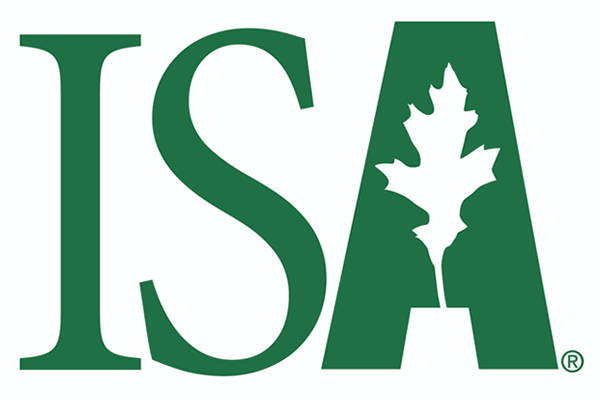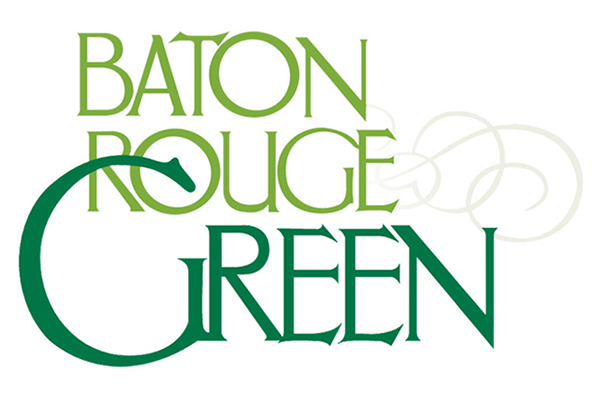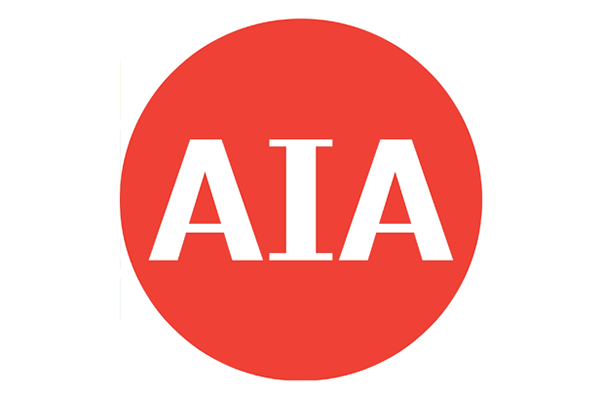Preparing your Louisiana trees for hurricane season
It’s June here in southern Louisiana and most of us know the drill.
✓ Listen to hurricane gurus guess wrong about the number of storms.
✓ Check battery stockpiles.
✓ Grab some extra nonperishable food & water supplies.
✓ Put your hands on important documents…insurance, wills, photographs, etc.
✓ Get extra gas in the spare cans for the generator.
✓ Inspect your trees.
Wait…what? Inspect your trees?
Yes…inspect your trees.
That is, as long as you don’t want to return home from a storm to find branches damaged or the tree completely uprooted and possibly lying on your home or business.
Why Tree Inspections Are Critical This Time of Year
We’re not trying to alarm anyone, but taking a few minutes to inspect your trees and yard now could be the difference between your trees surviving a storm unharmed and having potentially serious damage or losses.
We know because we’ve seen it happen over and over again.
Hurricanes and strong storms bring sustained high winds, excess water and even flooding. If your trees have been compromised in any way, chances are these extreme elements will push the tree over the edge.
For instance, if your trees are in a soggy area, a few days of heavy rain or a flood could make the ground weak enough to completely uproot a tree. If the ground is saturated for a long period of time (even a couple of days), root traction decreases and the tree can potentially fall over.
Here’s a quick guide for both homeowners and businesses/organizations when it comes to tree preparedness. Please note that these checklists are designed to educate and raise awareness, but nothing should substitute for an inspection from a professional arborist if you have questions or concerns!
Homeowner Pre-Storm Checklist:
- Take a look at large trees near your house. If you have palm trees or smaller species like crepe myrtles you don’t have to worry as much about those. Also, healthy Live Oaks are typically not at risk for wind or storm damage.
- Take into account the age & history of the tree. If the tree has a history of limb failure or disease, have it inspected as it would be considered high risk for wind or storm damage
- Think about any changes in drainage patterns in your yard such as standing water sitting under the tree. Standing water can cause root loss and rotting, potentially making the tree unstable and at risk of losing anchorage.
- Find out if water tables have changed either higher or lower, especially near bayous. Even a change of a few inches can impact your trees.
- Look for damage to roots from things like a new curb, sidewalk, pipes or construction. Also keep an eye out for mushrooms growing on a root, limb or trunk as that may indicate decay or a compromised root system.
Commercial Pre-Storm Checklist:
Generally speaking, businesses, schools and government organizations are at higher risk when it comes to trees as there are often lots of people congregating under their trees every day. The safety of your patrons, students and employees should always be priority #1 when it comes to tree maintenance!
- Remember that every tree has potential liability!
- Businesses should attempt to monitor & measure the risk & prevent damage before it happens.
- Monitor activity under the tree and inspect the tree for structural stability.
And finally, regardless of whether you own a home or business, it’s best to call an arborist for a professional inspection of your trees. You’ll be glad you did!
